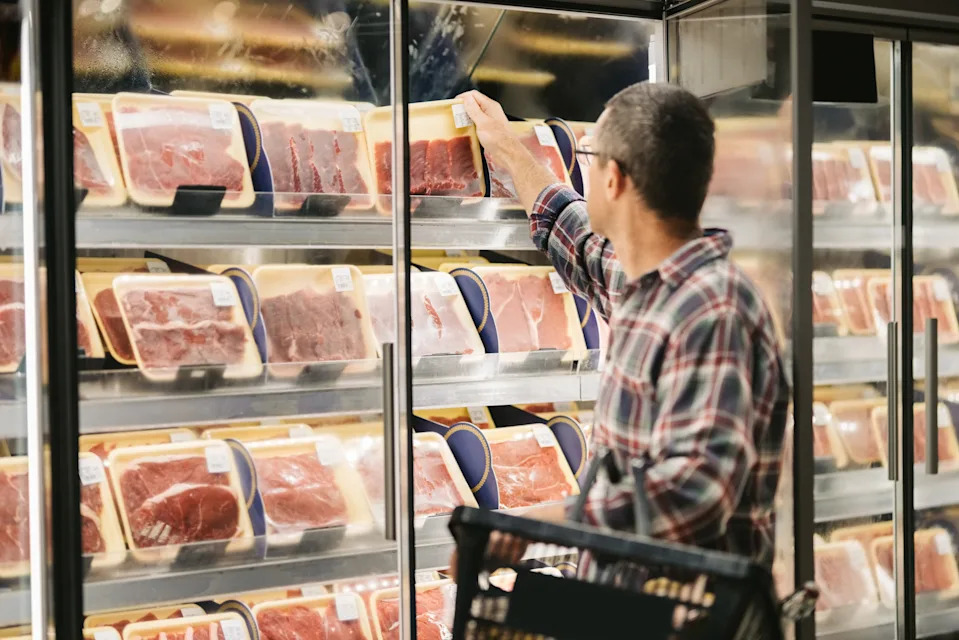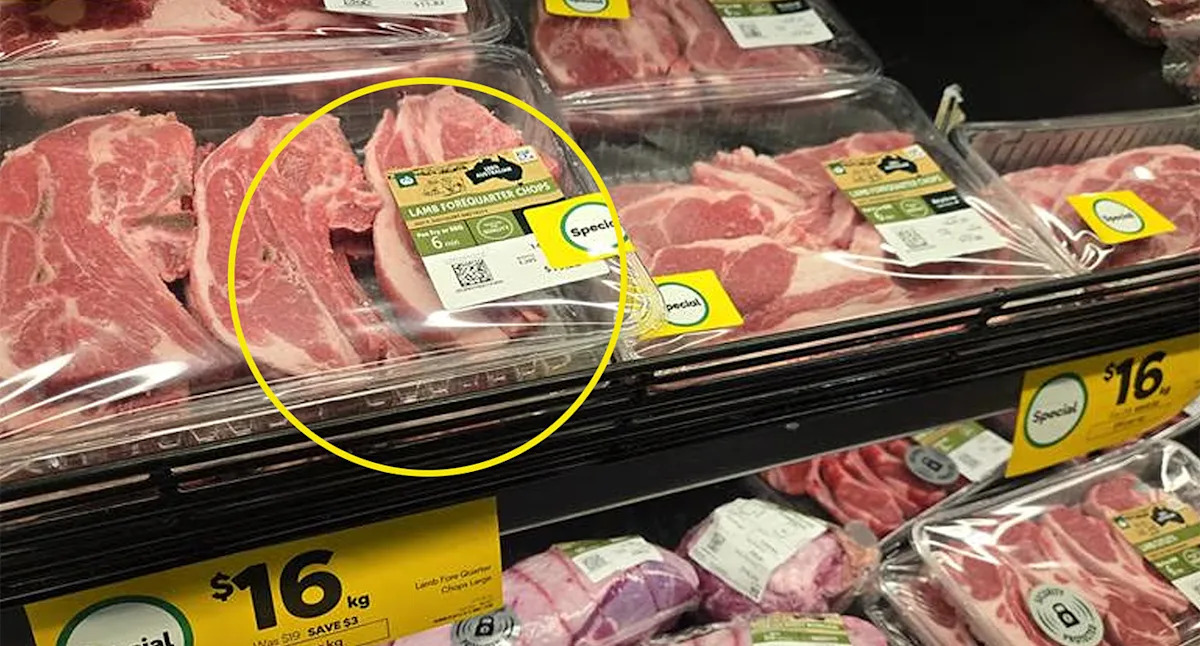BBQ season could get more expensive this year as Australia’s national sheep flock takes a hit. New figures show the national flock has dropped 6.2 per cent to 74.2 million head, in what’s been described as a particularly “challenging” period for the industry, with experts warning shoppers may see prices spike on lamb and mutton.
Speaking to Yahoo News, Emily Tan, Market Information Analyst at Meat and Livestock Australia (MLA), explained the crux of the issue.
“A lot of this decline that we’re witnessing is because we’re seeing varied climate outcomes, particularly in those key sheep-producing regions. So when you look at South Australia, Victoria, they faced really dry conditions for the last 12 to 18 months,” she said.

Experts warning shoppers may see prices spike on lamb and mutton. Source: Getty
Why has our national sheep flock shrunk?
Tan said the dry conditions forced farmers to make early and difficult decisions. “A lot of these producers…had to turn off sheep and lambs earlier than expected… because if that season is dry, you don’t have that feed available,” Tan said, adding that “turn off” refers to farmers selling sheep and lambs early, often to reduce feeding costs when feed is scarce
“That decision needs to be made very early on,” Tan explained, noting South Australia and Western Victoria were the hardest hit.
The impact may be felt at the supermarket, according to consumer expert Gary Mortimer. “It is the meat and fresh produce categories that consumers will see the highest fluctuation in price,” he said. “This is because these foods are highly sensitive to supply and demand conditions. Even a temporary decline in supply can push prices up until supply returns to normal.”
Past trends underline the sensitivity of red meat prices, according to fresh ANZ research. Since 2000, chicken prices in Australia have risen by 36 per cent, while lamb has soared by 182 per cent and beef by 146 per cent. “As a result, consumers are shifting to cheaper proteins,” Mortimer said. He added that sheep, lamb, and beef are also exposed to higher production and processing costs, whereas chicken requires less land and labour.
Lamb remains strong, but slaughter to fall
Despite the smaller flock, lamb production remains robust, with 610,000 tonnes forecast for 2025, supported by heavier carcase weights from grain feeding. However, lamb slaughter is expected to fall 5.8 per cent from last year to 24.9 million head, while mutton slaughter may drop 15.4 per cent to 9.97 million head as producers retain breeding ewes.
“Fewer breeding ewes…means a smaller lamb crop as a result. And I think once supply is low, you’ll see prices typically rise,” Tan said, cautioning that prices do not always move directly with supply.
Live exports have also been affected, tracking around three per cent below last year, partly due to vessel availability issues, though demand from the Middle East remains strong. Further declines could tighten access for the traditionally price-sensitive live export market.
Tan said recovery will be gradual. “When you’ve got a breeding ewe…you can get two lambs, and then you might … set aside some female lambs and then make them ewes, and then that’s a natural increase. Depending on the price and when the market’s going, you might turn off more or turn off less.” She estimates it may take a couple of years for flock numbers to return to pre-2025 levels.
What next?
MLA forecasts the national flock may grow by 2.1 per cent in 2026 and a further 4.3 per cent by 2027, reaching 78.9 million head. Lamb production is projected to rebound to 651,000 tonnes, with grain feeding and lot-finishing systems expected to maintain heavier carcase weights and a consistent supply.
“Global supply is tightening, and Australia is in a strong position to meet demand…Our reputation for quality and consistency continues to underpin export growth, particularly in premium markets,” Tan said.
For shoppers, lamb and other red meats may be in shorter supply over the coming months, potentially pushing prices higher just as Australians fire up their summer BBQs, but it remains to be seen.
Do you have a story tip? Email: newsroomau@yahoonews.com.
You can also follow us on Facebook, Instagram, TikTok, Twitter and YouTube.


